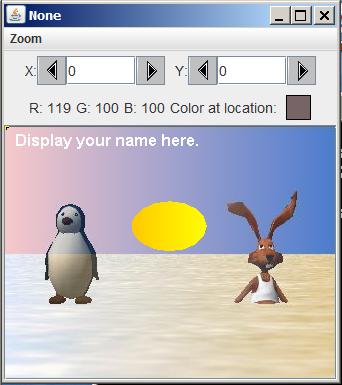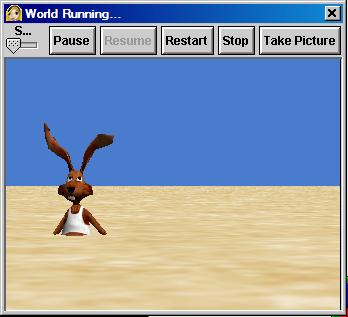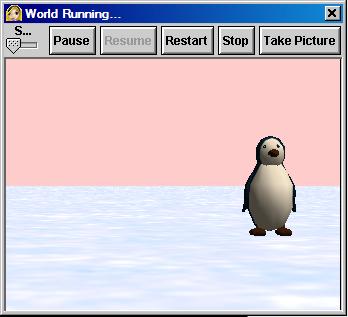| << Chapter < Page | Chapter >> Page > |
Revised: Sat Apr 02 09:43:04 CDT 2016
This page is included in the following Books:
I have published a large number of modules that use a multimedia class library developed and made available by Mark Guzdial and Barbara Ericson of the Georgia Institute of Technology. The purpose of this module is to provide the information that you will need to obtain and use acopy of that library.
If you find that you don't understand the material in this module, you probably need to review the material in the following modules:
In addition, you may find it useful to search the web for and study a few tutorials on the Windows "command prompt" as well asa few tutorials on Windows batch files. Here are a couple of possibilities that I found with a rudimentary search:
If you are using a different operating system, you will need to find similar tutorials that match up with the operating system that you are using.
Among other things, the Guzdial-Ericson multimedia class library makes it practical to write object-oriented programs for the manipulation of images in aninteresting and educational way. For example, the image in Figure 1 was produced by manipulating and merging the images shown in Figure 2 and Figure 3 .
Figure 1 - Result of merging two images.

One of the input images is shown in Figure 2 .
Figure 2 - Input image #1.

The other input image is shown in Figure 3 .
Figure 3 - Input image #2.

The Guzdial-Ericson library was originally published by Guzdial and Ericson in conjunction with their book Introduction to Computing and Programming with Java: A Multimedia Approach . While the book isn't free, the library is freely available and is publishedunder a Creative Commons Attribution 3.0 United States License .
As of July, 2012, the latest version of the library can be downloaded in a zip file named bookClasses-3-9-10-with-doc.zip at (External Link) Additional information is available at (External Link) .
Download the library
In order to work with the programs in the modules that use the library, you will need to download a copy of the latest version of the library from the sitelisted above. To guard against the possibility of that link becoming broken at some point in the future, I am depositing a backup copy of the zipfile containing the library on the cnx.org site and you can download it here .

Notification Switch
Would you like to follow the 'Object-oriented programming (oop) with java' conversation and receive update notifications?